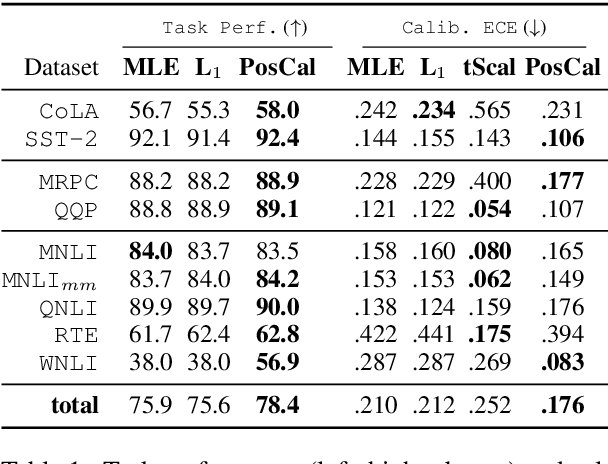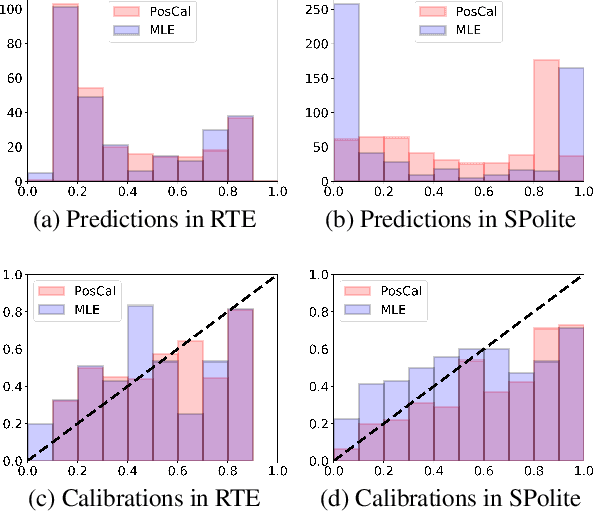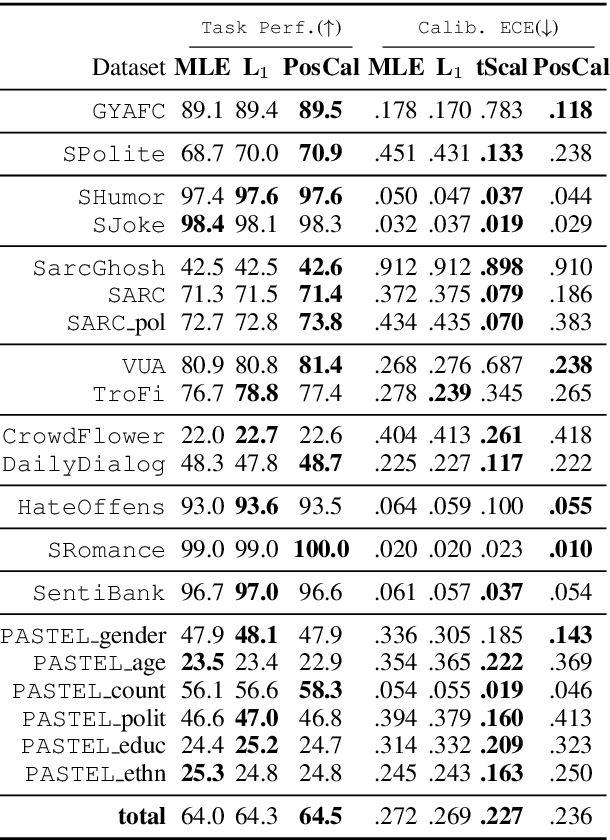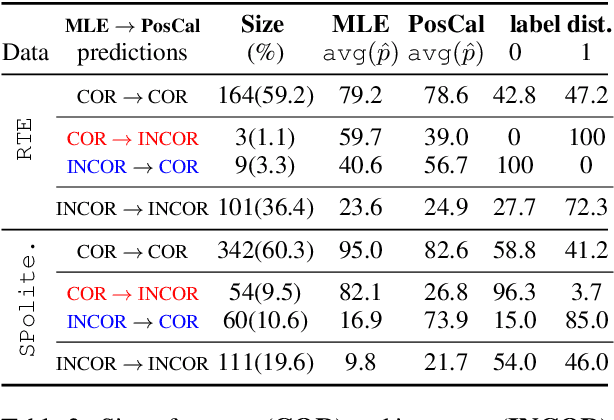Hua Cheng
MDACE: MIMIC Documents Annotated with Code Evidence
Jul 07, 2023



Abstract:We introduce a dataset for evidence/rationale extraction on an extreme multi-label classification task over long medical documents. One such task is Computer-Assisted Coding (CAC) which has improved significantly in recent years, thanks to advances in machine learning technologies. Yet simply predicting a set of final codes for a patient encounter is insufficient as CAC systems are required to provide supporting textual evidence to justify the billing codes. A model able to produce accurate and reliable supporting evidence for each code would be a tremendous benefit. However, a human annotated code evidence corpus is extremely difficult to create because it requires specialized knowledge. In this paper, we introduce MDACE, the first publicly available code evidence dataset, which is built on a subset of the MIMIC-III clinical records. The dataset -- annotated by professional medical coders -- consists of 302 Inpatient charts with 3,934 evidence spans and 52 Profee charts with 5,563 evidence spans. We implemented several evidence extraction methods based on the EffectiveCAN model (Liu et al., 2021) to establish baseline performance on this dataset. MDACE can be used to evaluate code evidence extraction methods for CAC systems, as well as the accuracy and interpretability of deep learning models for multi-label classification. We believe that the release of MDACE will greatly improve the understanding and application of deep learning technologies for medical coding and document classification.
Posterior Calibrated Training on Sentence Classification Tasks
May 01, 2020



Abstract:Most classification models work by first predicting a posterior probability distribution over all classes and then selecting that class with the largest estimated probability. In many settings however, the quality of posterior probability itself (e.g., 65% chance having diabetes), gives more reliable information than the final predicted class alone. When these methods are shown to be poorly calibrated, most fixes to date have relied on posterior calibration, which rescales the predicted probabilities but often has little impact on final classifications. Here we propose an end-to-end training procedure called posterior calibrated (PosCal) training that directly optimizes the objective while minimizing the difference between the predicted and empirical posterior probabilities.We show that PosCal not only helps reduce the calibration error but also improve task performance by penalizing drops in performance of both objectives. Our PosCal achieves about 2.5% of task performance gain and 16.1% of calibration error reduction on GLUE (Wang et al., 2018) compared to the baseline. We achieved the comparable task performance with 13.2% calibration error reduction on xSLUE (Kang and Hovy, 2019), but not outperforming the two-stage calibration baseline. PosCal training can be easily extendable to any types of classification tasks as a form of regularization term. Also, PosCal has the advantage that it incrementally tracks needed statistics for the calibration objective during the training process, making efficient use of large training sets.
 Add to Chrome
Add to Chrome Add to Firefox
Add to Firefox Add to Edge
Add to Edge